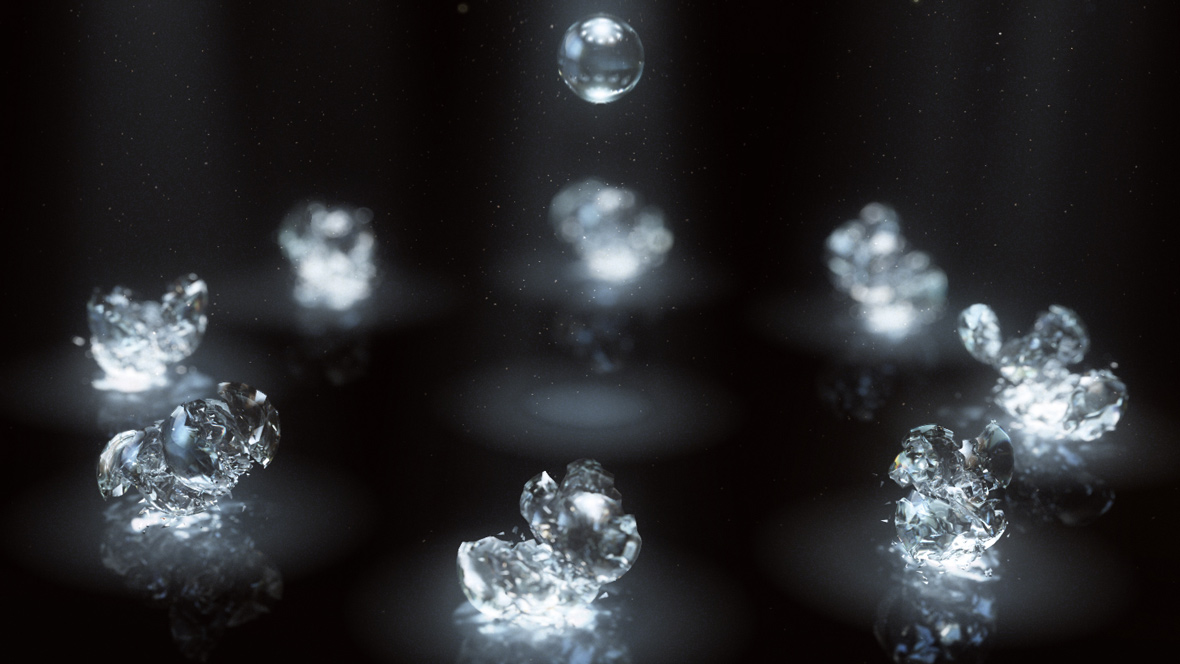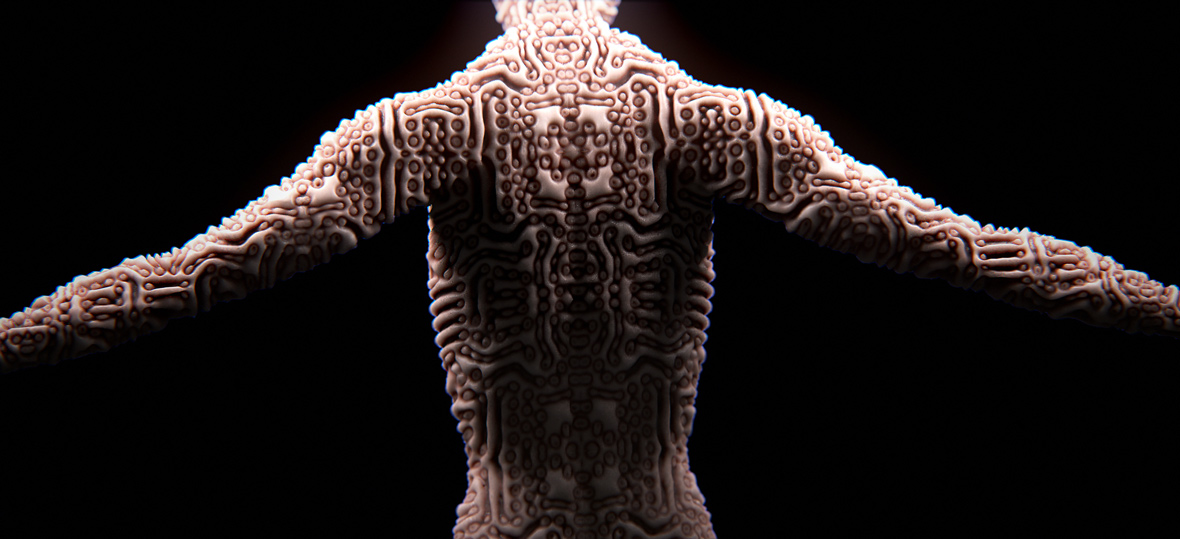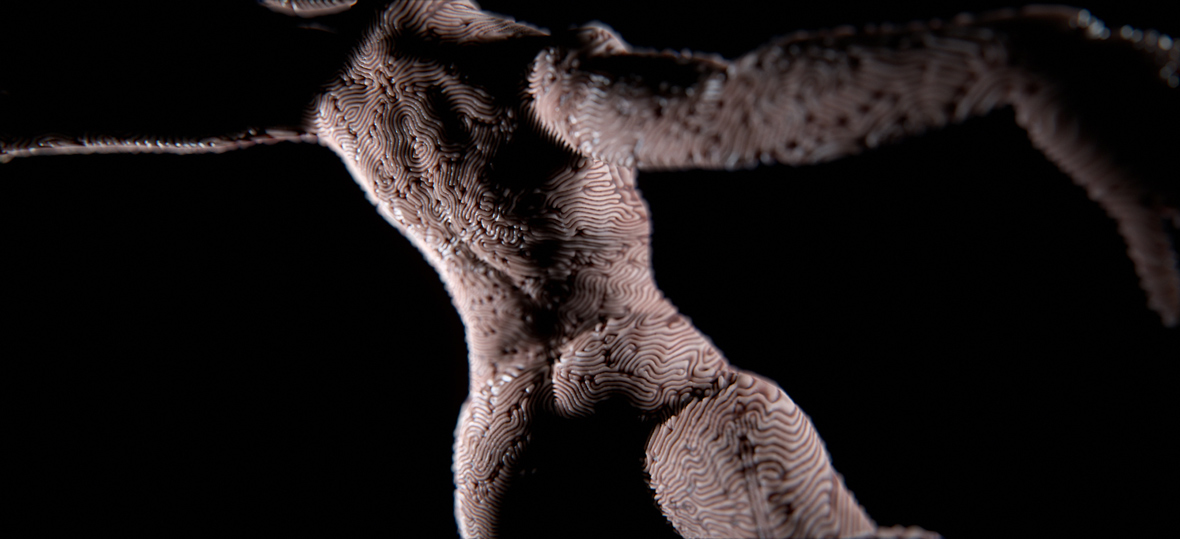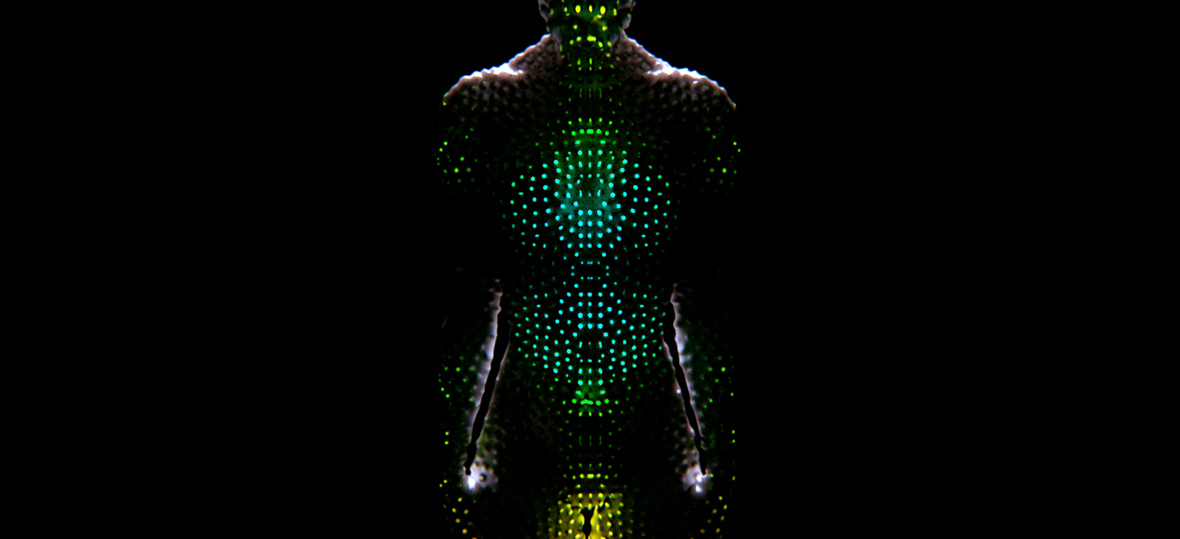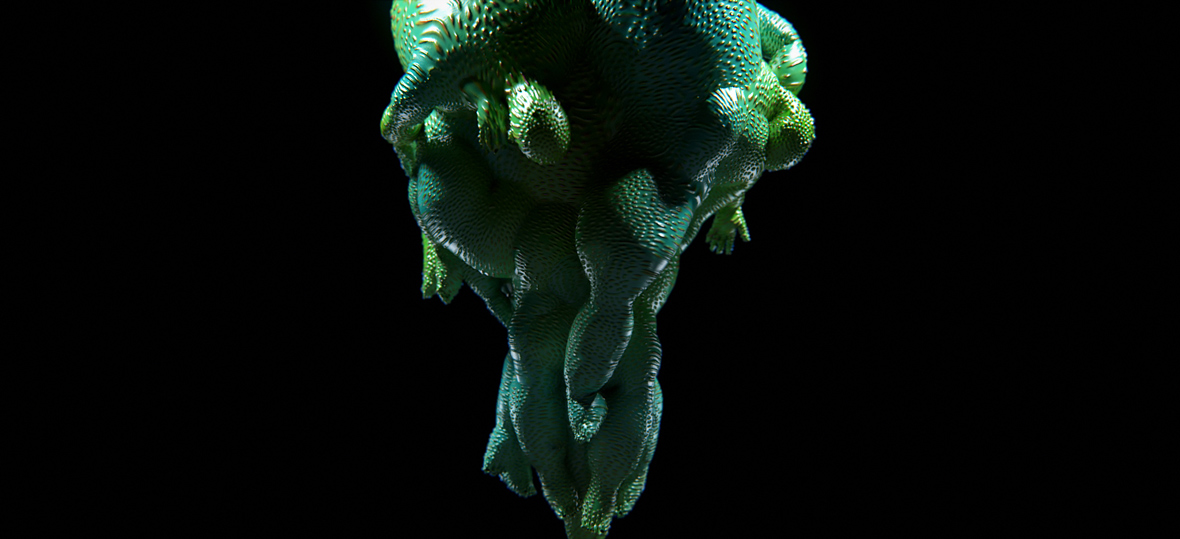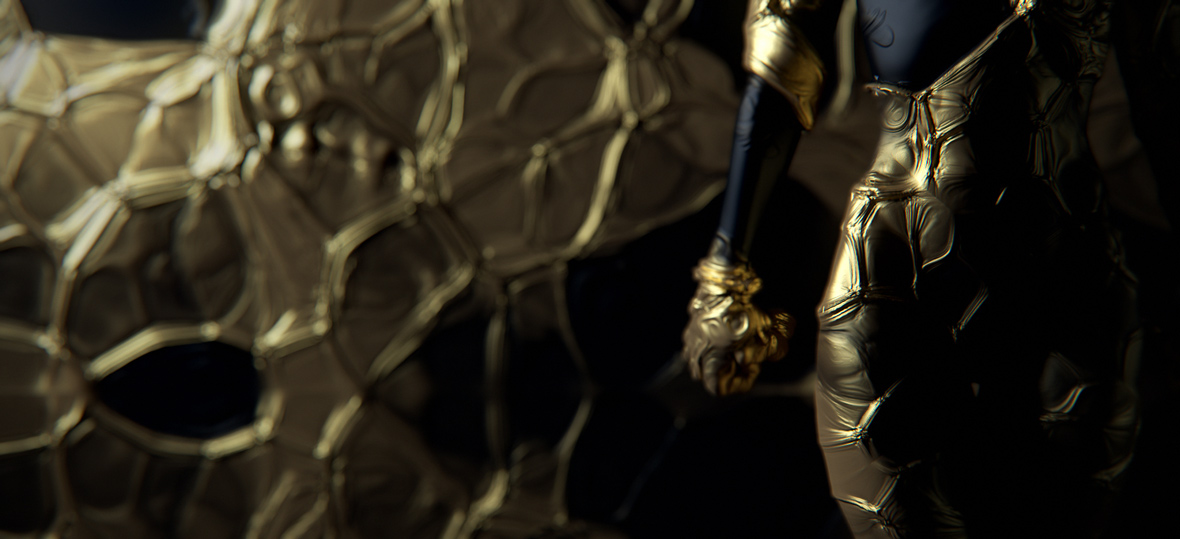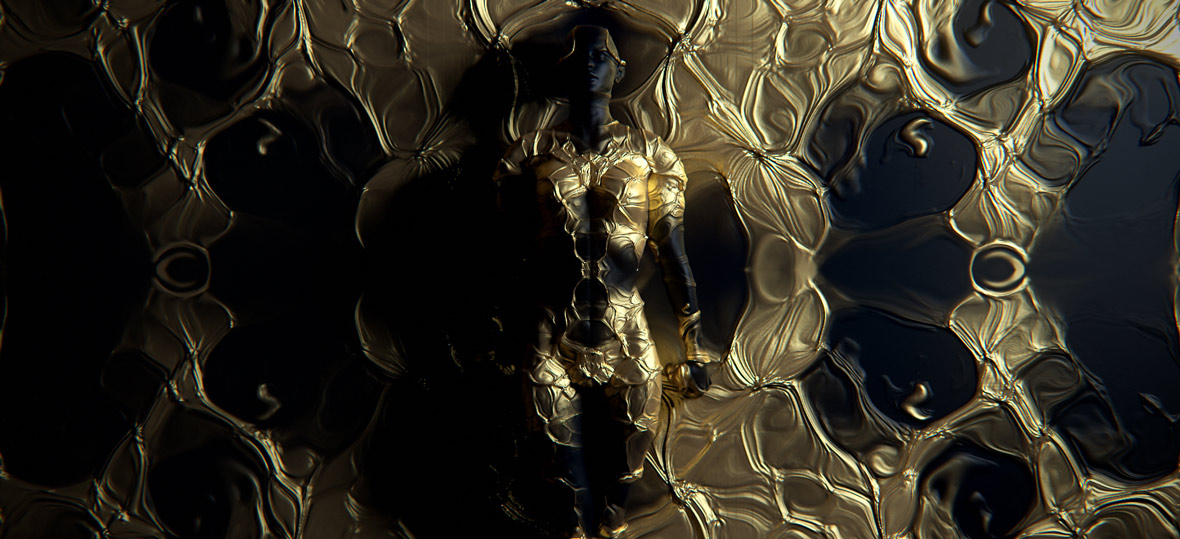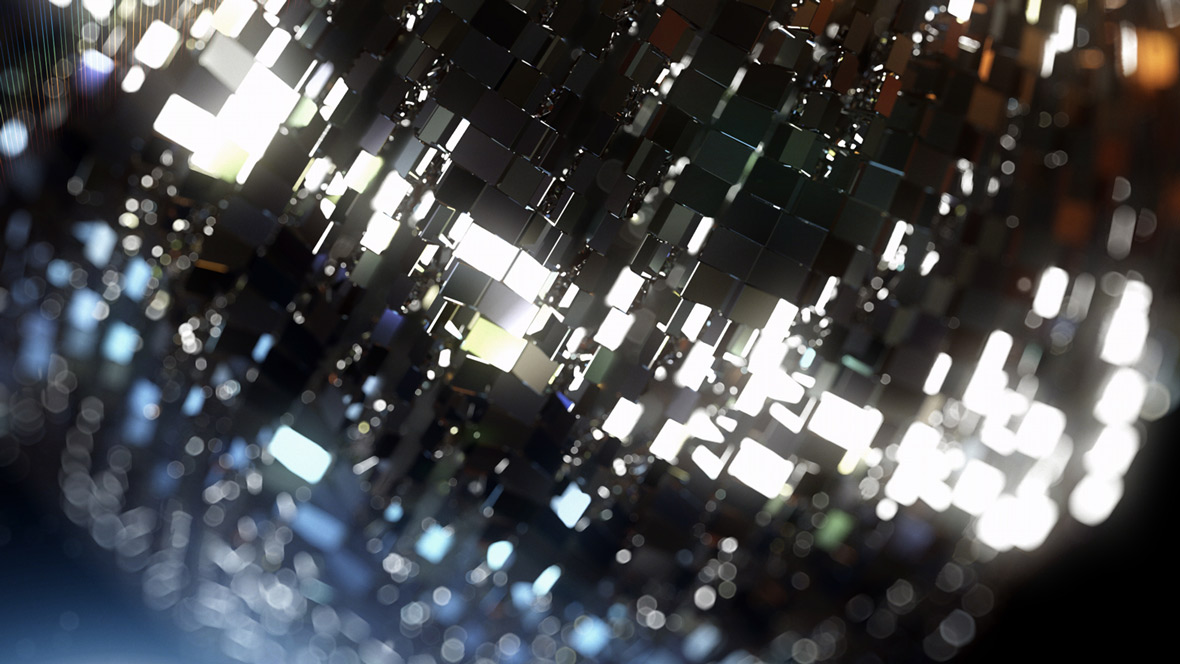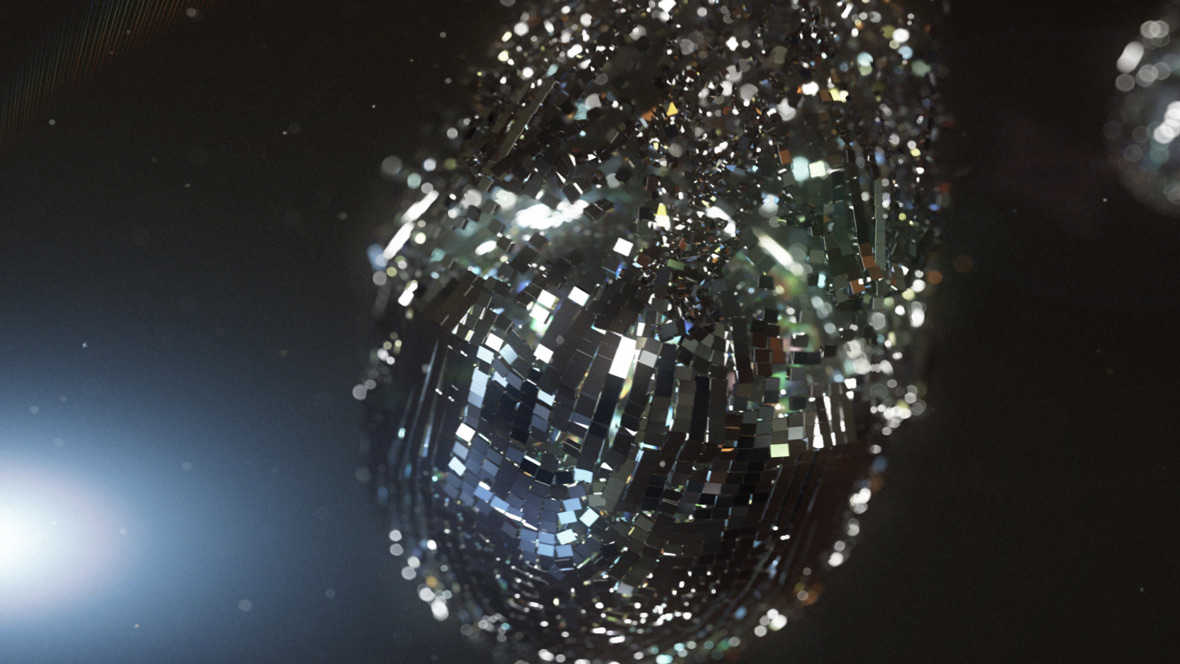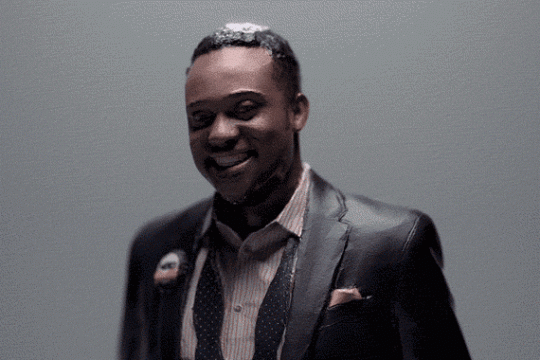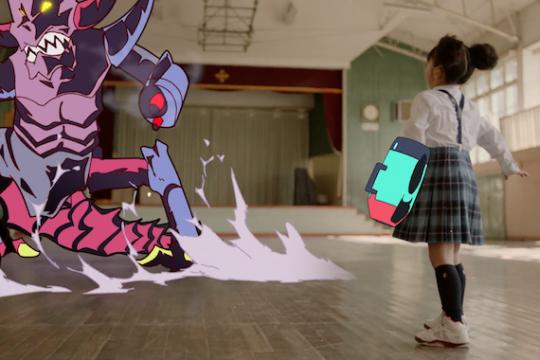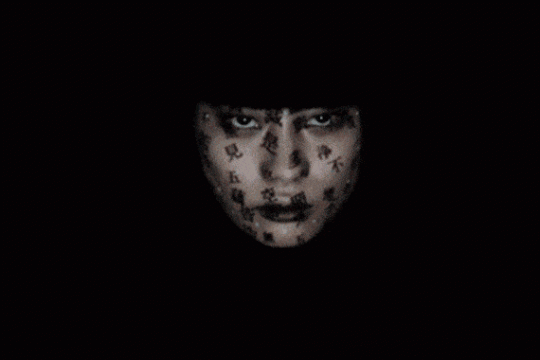无法观看?前往优酷
In his work DIFFUSION, Japanese director Kouhei Nakama asks the question, “Why don’t humans have patterned textures like animals?” In his research, he discovers that the human skin is, in fact, covered with patterns, called Blaschko’s lines. These fine lines are normally invisible to the naked eye and form as a part of natural cell development in the skin. DIFFUSION, an experimental personal work from Nakama, is a highly stylized and abstract visual exploration that fantastically reimagines the morphogenesis of the human form. The complex patterns created are generated by mathematical formulas, called reaction-diffusion systems, which bear many visual similarities to the natural patterns existing in animals, insects, and plants.
ビジュアルアートディレクター中間耕平氏は、自身の作品DIFFUSIONで問いかけます、「なぜ人間の体には動物のような模様がないのだろう」と。耕平氏は調査の過程で、人間の皮膚が実はブラシュコ線という模様で覆われていることを発見しました。この細かい線は通常肉眼では見えないもので、皮膚内の自然な細胞発生の一環として形成するものです。耕平氏の実験的かつ独自の作品であるDIFFUSIONは、人間の形態形成を幻想的な形で再考する、高度に定型化された抽象的な視覚探索なのです。創造された複雑な模様は、動物、昆虫、植物に見られる自然の模様との視覚的類似性を数多く有する反応拡散系と呼ばれる数式で生成されています。
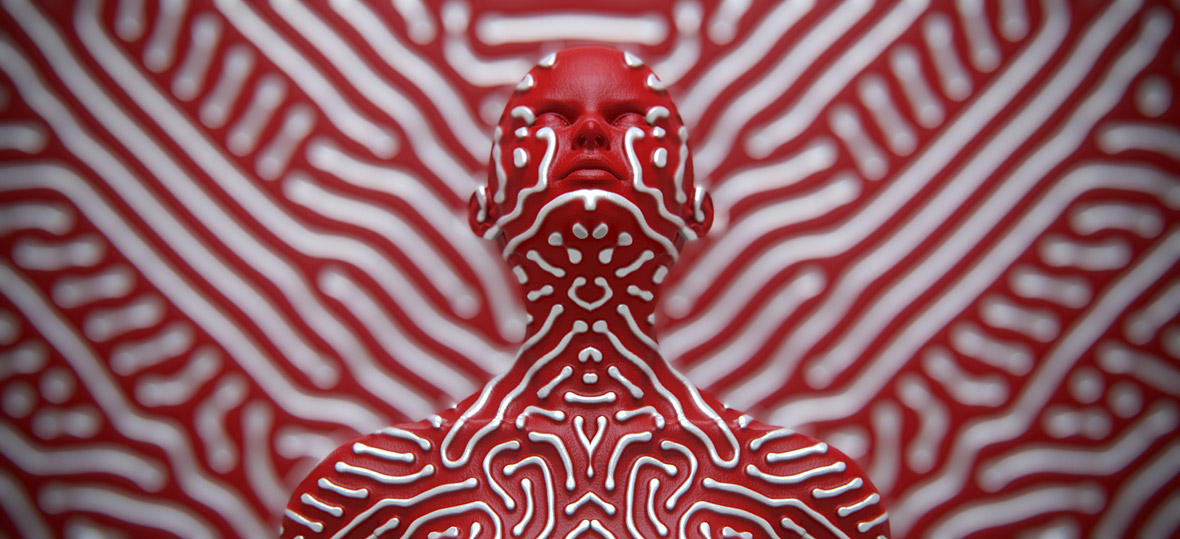
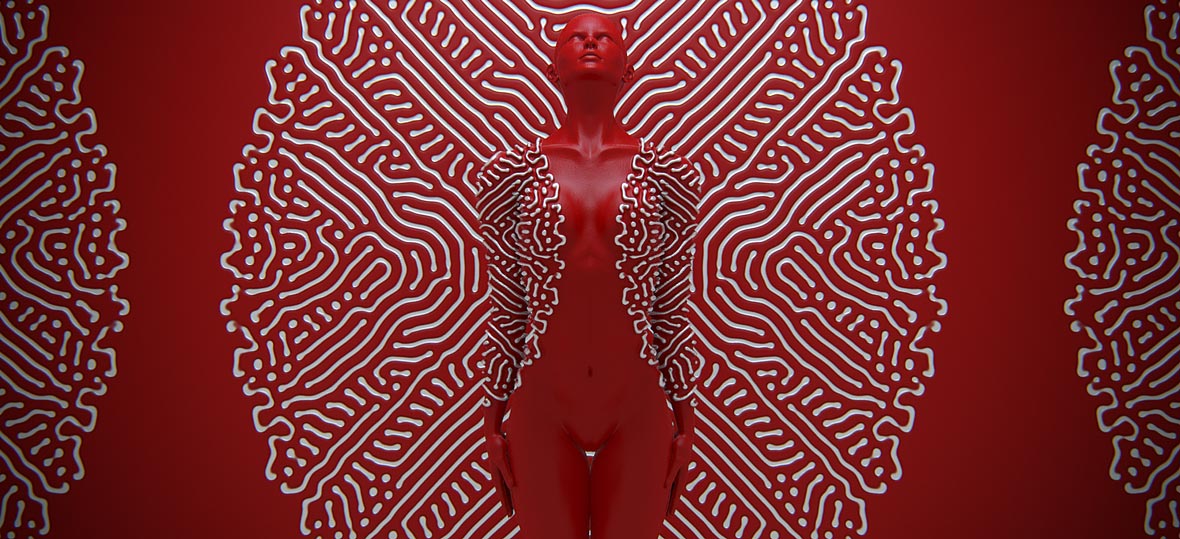
Nakama speculates that “there is the possibility that people could obtain patterns like animals in the future. We have found solutions for the environment, medical treatment, and food by using biotechnologies – such as cell fusion and genetic recombination. If in the future, we were to have a drastic environmental change, for example, radioactive contamination or strong UV radiation due to the ozone depletion, we would need to recombine our DNA with that of different species for protection.” Why not then wouldn’t the human skin also develop new different patterns through genetic recombination?
耕平氏は、「いつか将来、人間も動物のような模様を手に入れる可能性があります。細胞融合や遺伝子組み換えといったバイオテクノロジーを利用した環境、治療、食品における解決策が既に発見されています。もし未来において、オゾン層破壊が原因で、人類が例えば劇的な環境変化や放射能汚染や強い紫外線放射を被るとしたら、私達は自らの保護のために別の生物とDNAを再結合する必要があるでしょう」と推測しています。その際に、遺伝子組み換えにより人間の皮膚に新たな異なる模様が発生しても不思議はないでしょう。
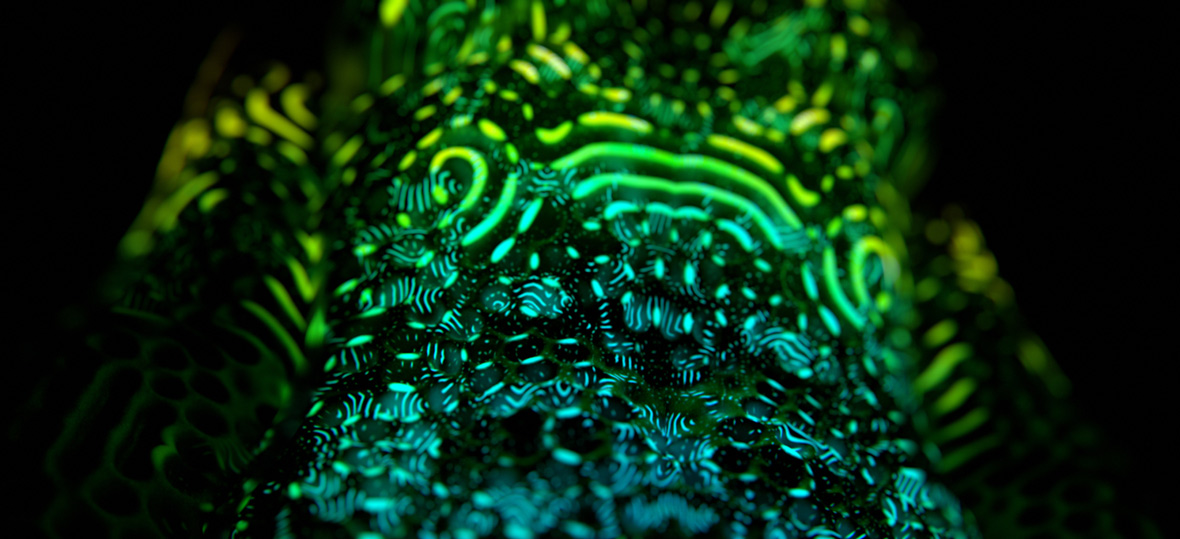
For DIFFUSION, Nakama intentionally did not use any photographs or hand-drawn illustrations. The patterns and skin textures were generated by programming, and the 3D human model was also created by a computer. He explains that “in the video, you will see human beings having DNA transferred from other natural organisms such as luminescent coral and a shell absorbing metal into its body.” At the end of the video, Kouhei depicts the humans forming a colony of individuals, representing the end of the individual. He asks us, “To what extent will we transform ourselves? What then will define us as human beings?”.
DIFFUSIONの制作に際し、耕平氏は写真や手描きのイラストを敢えて使用しませんでした。模様や皮膚のテクスチャーがプログラミングで生成され、3D人体モデルもコンピュータで作成されました。彼は、「この映像には、発光サンゴや金属を体内に取り込む貝といった他の生物から転換されたDNAを持つ人間が登場します」と解説しています。映像の最後に耕平氏は、個人としての人間の終焉を表す意味で、人のコロニーを形成する人間を描いています。彼は問いかけます、「人間はどこまで自らを変形させるのだろう。そしてその時、人間はどう定義されるのだろう」と。
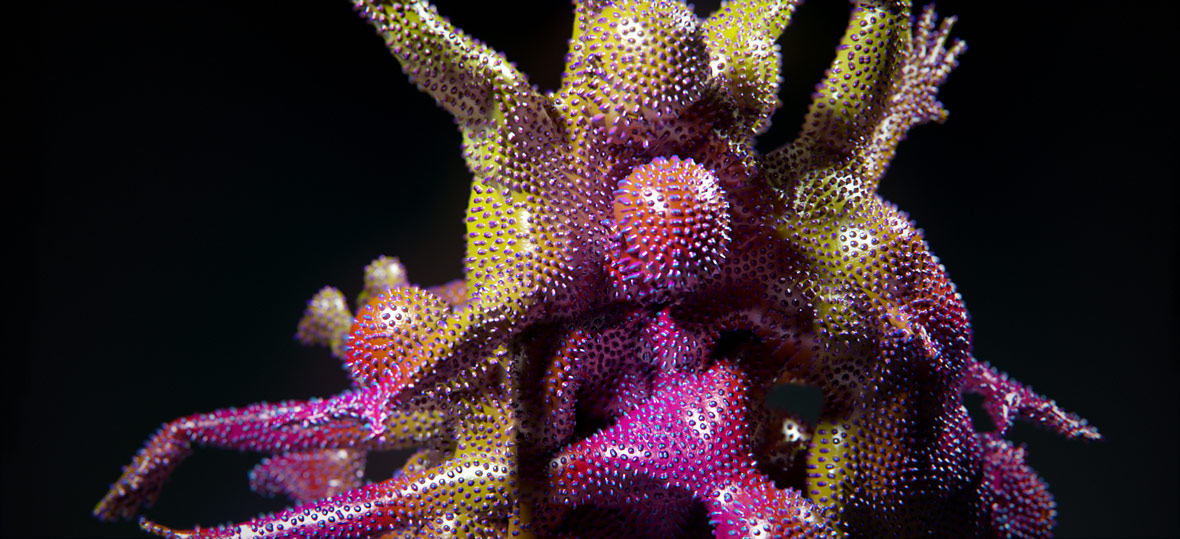
The textures of materials and different elements are a recurring visual obsession and source of exploration in Nakama’s design and motion work, whether they are imagined layers of biomimetic skin, water drops, fiber optics, shattered glass, intertwining threads, or cold sheets of metal. Even if the elements are industrial and rigid, they can even take on an organic, expressive, even anthropomorphic quality; in another personal work of his, Shatter, the forms of shattered pieces of glass are explored in a variety of ways, representing different emotional states and facial expressions.
物質や様々な要素のテクスチャーは、それが想像上の生体模倣の皮膚層にしろ、あるいは水滴、ファイバーオプティクス、粉々に割れたガラス、絡み合う糸、冷たい金属板にしろ、耕平氏のデザイン&モーションの作品において繰り返し起きる視覚的強迫観念であり、探索源なのです。たとえそれらの要素が工業用の硬質のものであったとしても、有機的で表現豊かな擬人化した性質と同化できるのです。彼の別の作品であるShatterでは、粉砕したガラスの破片の形態が、感情の状態や顔の表情を示し、様々な形で探求されています。
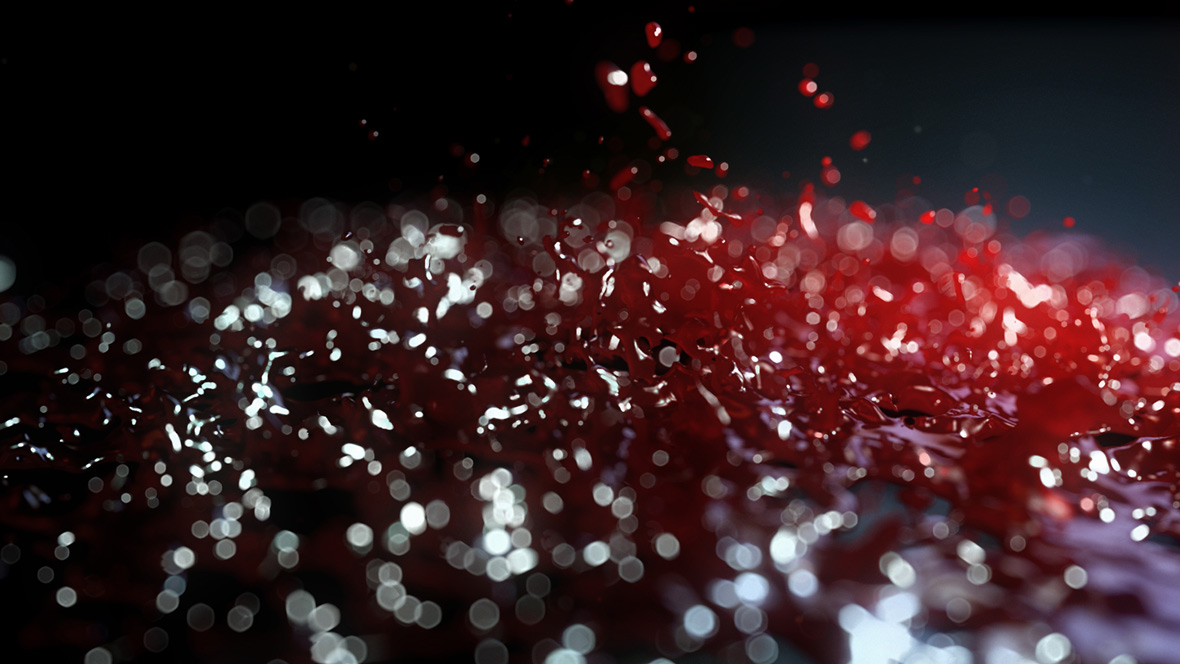
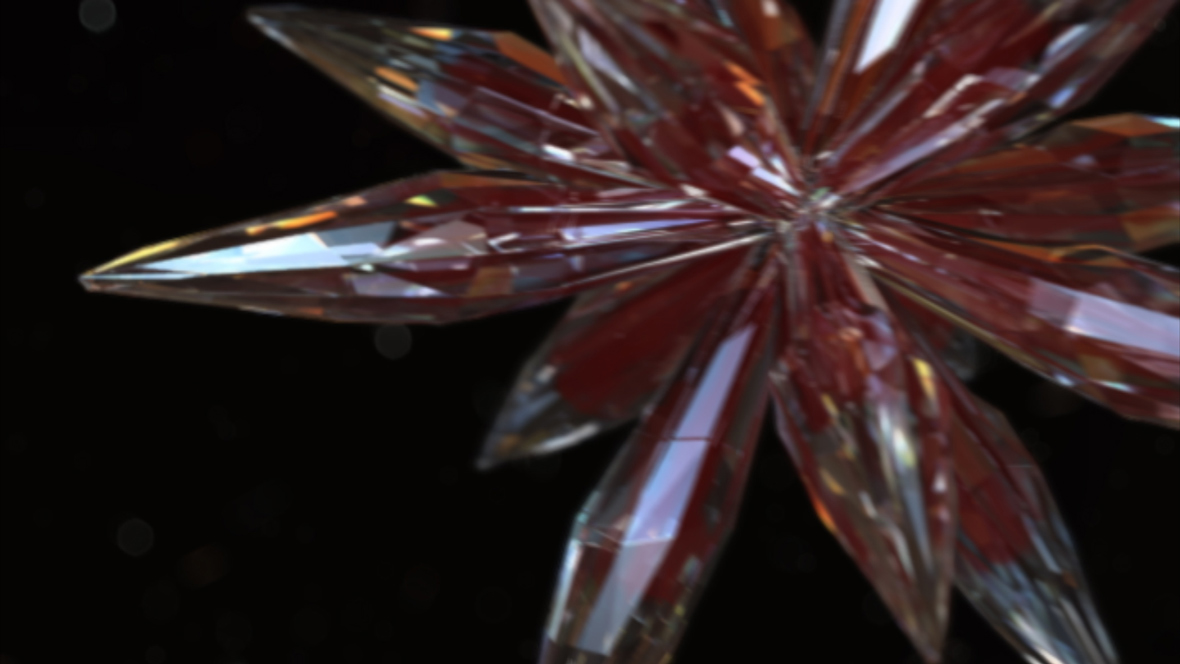
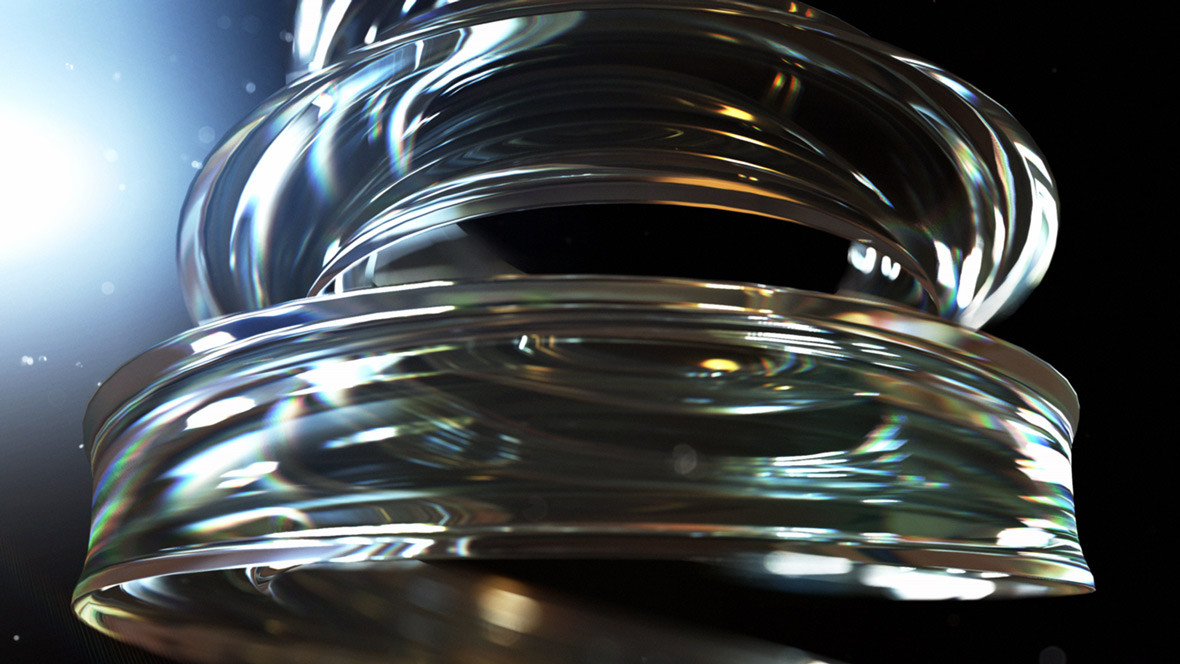
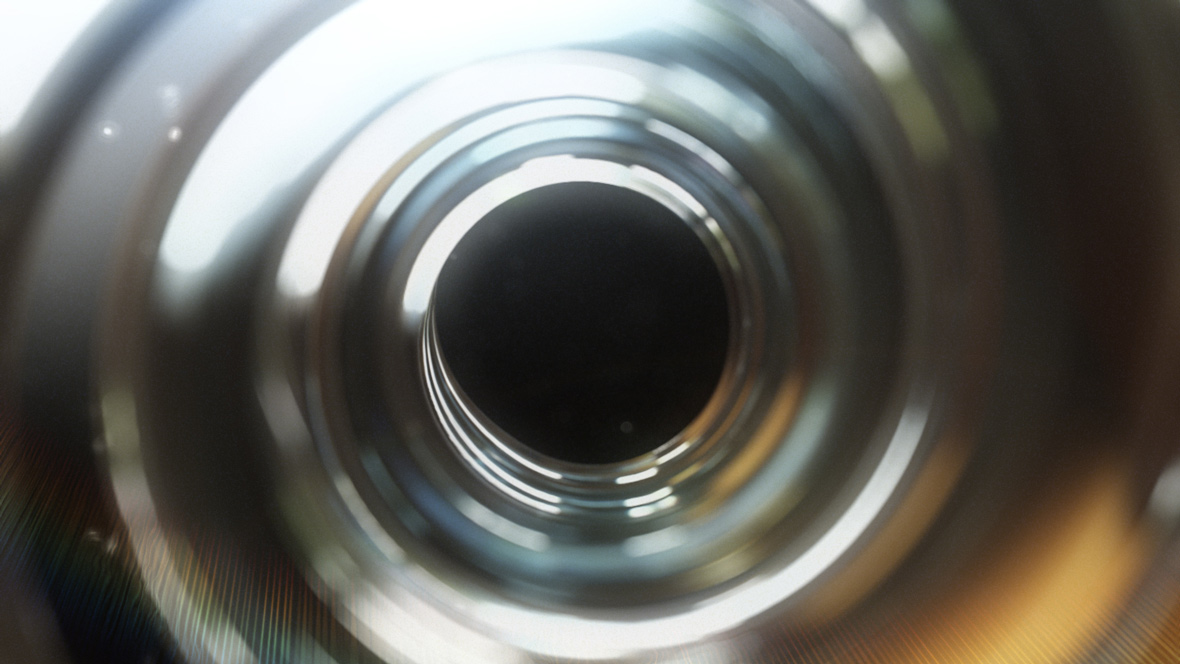
When asked if there were any underlying concepts or overall philosophy guiding his visual work, Kouhei quotes the German-American architect Ludwig Mies van der Rohe by saying “less is more”. This basic tenet of minimalism and oft-quoted expression of the modernist ethic can palpably be felt in the digitally perfect and cleanly distilled forms of Kouhei Nakama’s work. But there is also an imaginative, otherworldly element of fantasy in his work, which he attributes to the abstract world of dreams, where he often finds inspiration. Two of his favorite artists who have influenced him in the past, revealingly and perhaps surprisingly, are Osamu Tezuka and Sanpei Shiratsuchi – both prominent Japanese cartoonists. One of his upcoming projects entitled Double Exposure, which we can look forward to, is an intriguingly described attempt to express and visualize double exposures in a three-dimensional space.
彼のビジュアル作品を導く潜在的なコンセプトまたは全般的な哲学があるのかと尋ねたところ、耕平氏は、ドイツ出身でのちにアメリカに亡命した建築家ミース・ファン・デル・ローエの言葉、「Less is more」を引用しました。ミニマリズムの基礎であり、たびたび引き合いに出されるこのモダニスト倫理の表現を、デジタル的に完璧で見事に処理された中間耕平氏の作品で手に取るように感じることができるのです。とはいえ、彼の作品には、彼自身がインスピレーションを得ることの多い抽象的な夢の世界から生まれた想像力あふれる空想的なファンタジーの要素も見られます。かつて彼に影響を与えたお気に入りのアーティストは、意義深くも、そしておそらく意外にも、二人の有名な漫画家、手塚治虫と白土三平です。期待が高まるDouble Exposureと題された彼の次回作は、3次元空間における二重露出の表現と視覚化の試みを興味く表現したものです。
